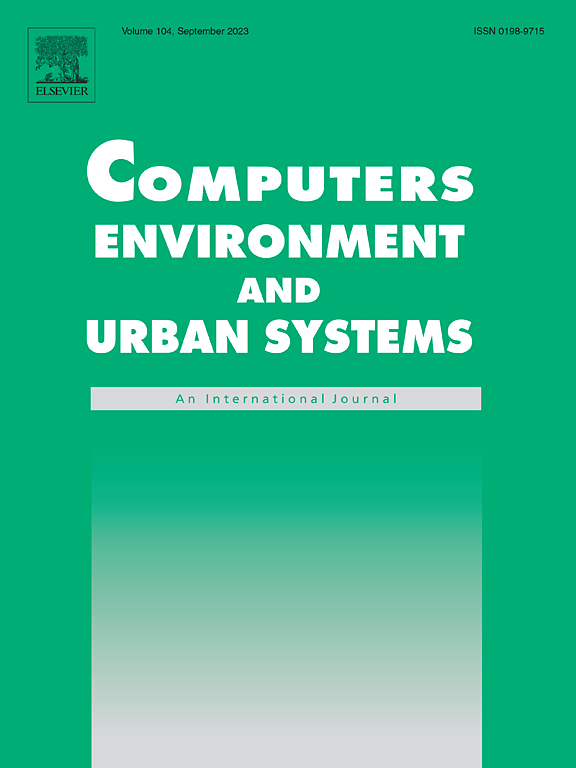众多城市的故事:绘制美国各地的社会基础设施和社会资本图
IF 8.3
1区 地球科学
Q1 ENVIRONMENTAL STUDIES
Computers Environment and Urban Systems
Pub Date : 2024-09-27
DOI:10.1016/j.compenvurbsys.2024.102195
引用次数: 0
摘要
研究强调了社会基础设施--有助于建立和维持社会联系的场所和空间--在提高生活质量、降低犯罪率和建立联系方面的作用。迄今为止,很少有研究表明,在多种城市环境中,这些公园、社区中心、咖啡馆、清真寺、图书馆和其他设施是如何与纽带、桥梁和联系社会资本相关联的。我们的论文旨在更好地理解社会基础设施与粘合、连接和联系社会资本之间的关系,以及城市间社会设施的差异。我们利用来自北美 25 个城市中心的谷歌地图数据以及人口普查区级社会资本指数(SoCI)得分信息来描绘这些联系。我们发现,在控制其他因素的情况下,社会基础设施与桥接性社会资本--建立异质群体的弱联系或薄联系--呈正相关。正如我们所预期的那样,许多形式的社会基础设施有助于人们与更广泛、更多样化的网络接触,也就是说,为连通性民主提供了一个结构。此外,一些城市的居民拥有广泛的社会基础设施,如华盛顿特区的居民,而在另一些城市,如洛杉矶,居民拥有的社会基础设施则少得多。这些发现为社区、非政府组织和决策者带来了政策建议。本文章由计算机程序翻译,如有差异,请以英文原文为准。
A tale of many cities: Mapping social infrastructure and social capital across the United States
Research has underscored the role that social infrastructure - the places and spaces that help build and maintain social ties - plays in improving quality of life, lowering crime, and creating connection. Little work to date has shown how, across multiple urban environments, these parks, community centers, cafes, mosques, libraries, and other facilities correlate with bonding, bridging, and linking social capital. Our paper seeks to better understand the relationship between social infrastructure and bonding, bridging, and linking social capital along with inter-city differences in social facilities. We use Google map data from 25 urban centers in North America along with information from census-tract level Social Capital Index (SoCI) scores to map out these connections. We find that, controlling for other factors, social infrastructure positively correlates with bridging social capital - the weak or thin ties that build heterogeneous groups. As intended, many forms of social infrastructure help people engage with broader and more diverse networks, that is, provide a structure for connective democracy. Further, some cities' residents have extensive access to social infrastructure - such as those of Washington DC - while in others, such as Los Angeles, have far less. These findings bring with them policy recommendations for communities, NGOs, and decision makers alike.
求助全文
通过发布文献求助,成功后即可免费获取论文全文。
去求助
来源期刊

Computers Environment and Urban Systems
Multiple-
CiteScore
13.30
自引率
7.40%
发文量
111
审稿时长
32 days
期刊介绍:
Computers, Environment and Urban Systemsis an interdisciplinary journal publishing cutting-edge and innovative computer-based research on environmental and urban systems, that privileges the geospatial perspective. The journal welcomes original high quality scholarship of a theoretical, applied or technological nature, and provides a stimulating presentation of perspectives, research developments, overviews of important new technologies and uses of major computational, information-based, and visualization innovations. Applied and theoretical contributions demonstrate the scope of computer-based analysis fostering a better understanding of environmental and urban systems, their spatial scope and their dynamics.
 求助内容:
求助内容: 应助结果提醒方式:
应助结果提醒方式:


